KTM 390 Adventure First Ride Review: It's Everything You Wanted, And More!
The wait is over. The 2025 KTM 390 Adventure is here, and it's a game-changer. We rode it, pushing it to its limits, and here's our honest take.
By Karan Mathur
Photography By Hiyan Chauhan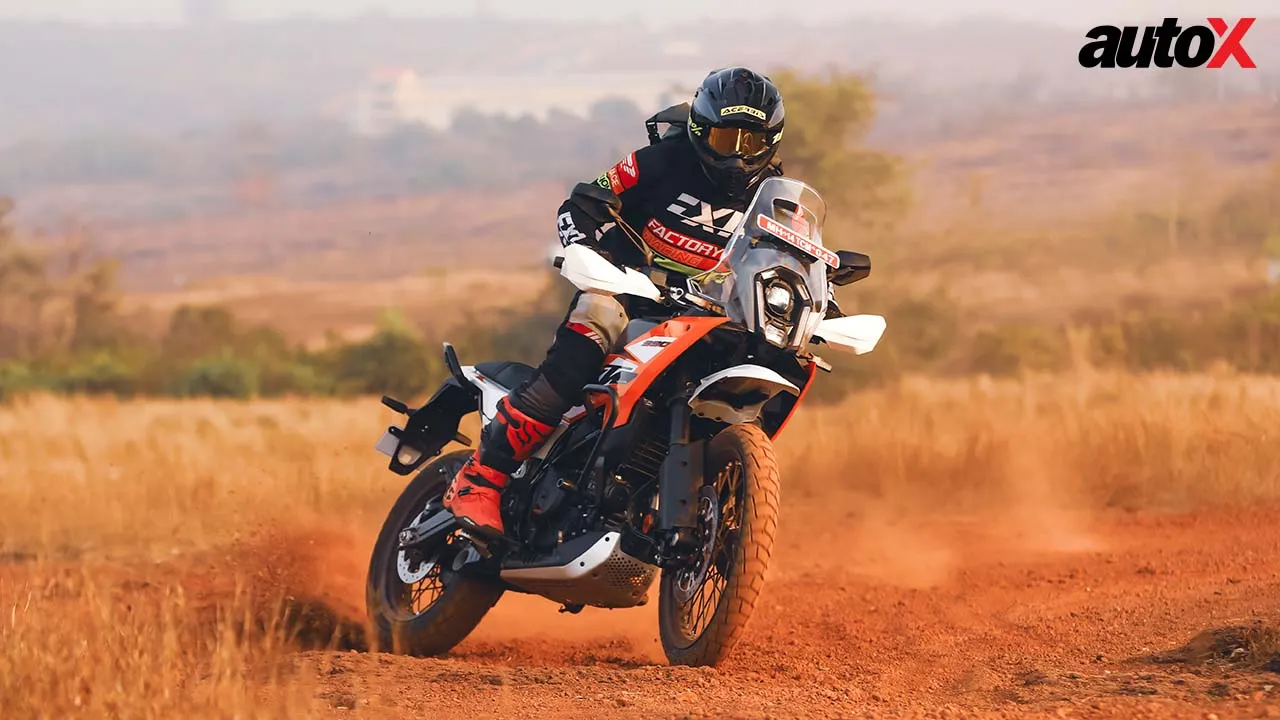
We were quite eager to get our hands on this bike since it was first teased at EICMA. The old 390 Adventure was a blast, don't get me wrong, but it had its quirks, especially when pushed off-road. After spending six months commuting on the Royal Enfield Himalayan, I was curious to see how this new KTM stacked up. Well, we recently had the opportunity to thoroughly ride and test it, and let me tell you that it's a significant leap forward. This isn't just a refresh; it's a full-fledged evolution.
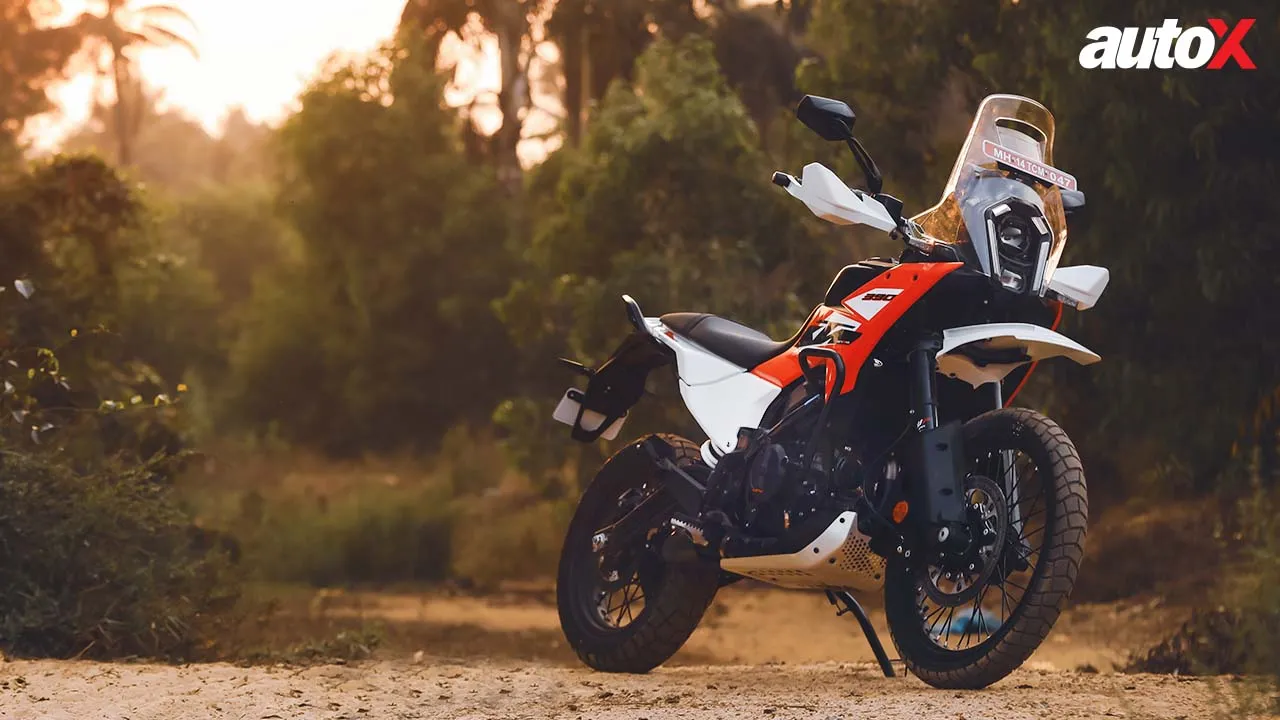
KTM 390 Adventure First Ride Review: Design and Quality
Let's talk about the design first. It's definitely going to spark debate, but personally, I like it. That rugged rally-inspired Dakar vibe works in its favour. The tall windscreen and short front fender look the part, though I did notice a bit of wind noise from the Indian-spec number plate mount while riding, but it's a minor niggle.
Also Read: Kawasaki KLX 230 Review: More Capable Than Hero Xpulse 200 and RE Himalayan 450?
KTM has tackled some key issues. The 21-inch front and 17-inch rear spoke wheels with tubeless Apollo Tramplr tyres are a huge plus. The WP Apex suspension is another standout upgrade, offering a noticeably more compliant and capable ride. An India-specific tweak – the offset rear monoshock – lowers the seat height to 830mm in the Adventure variant and 825mm in the Adventure X. On top of that, ground clearance has been increased to a solid 237mm, addressing a major concern from the previous model.
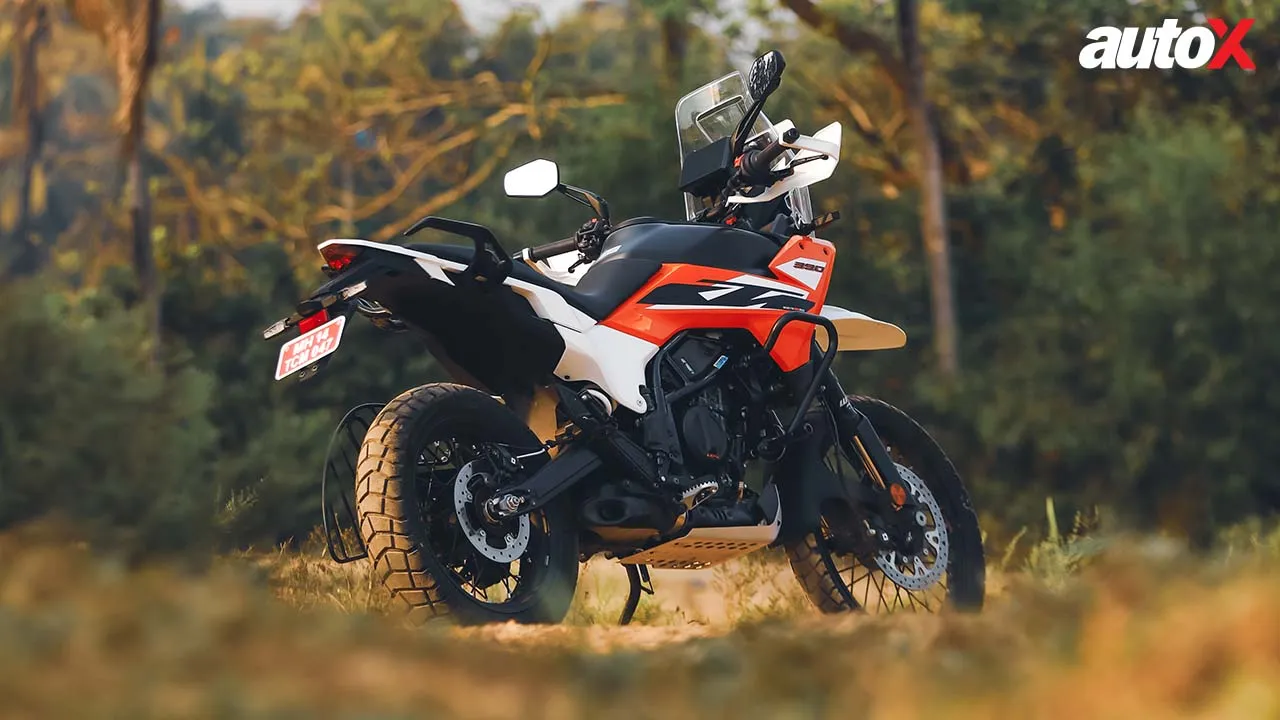
The pigmented body panels are a nice touch, promising better scratch resistance since they're painted during the moulding process itself. And the standard kit – knuckle guards, engine guard, and bash plate – is quite useful for off-road scrapes. The forged foot levers feel solid, and you can remove the rubber inserts for better grip while riding in the dirt. My only gripe? The flimsy all-plastic knuckle guards – they would have been much better with metal reinforcements.
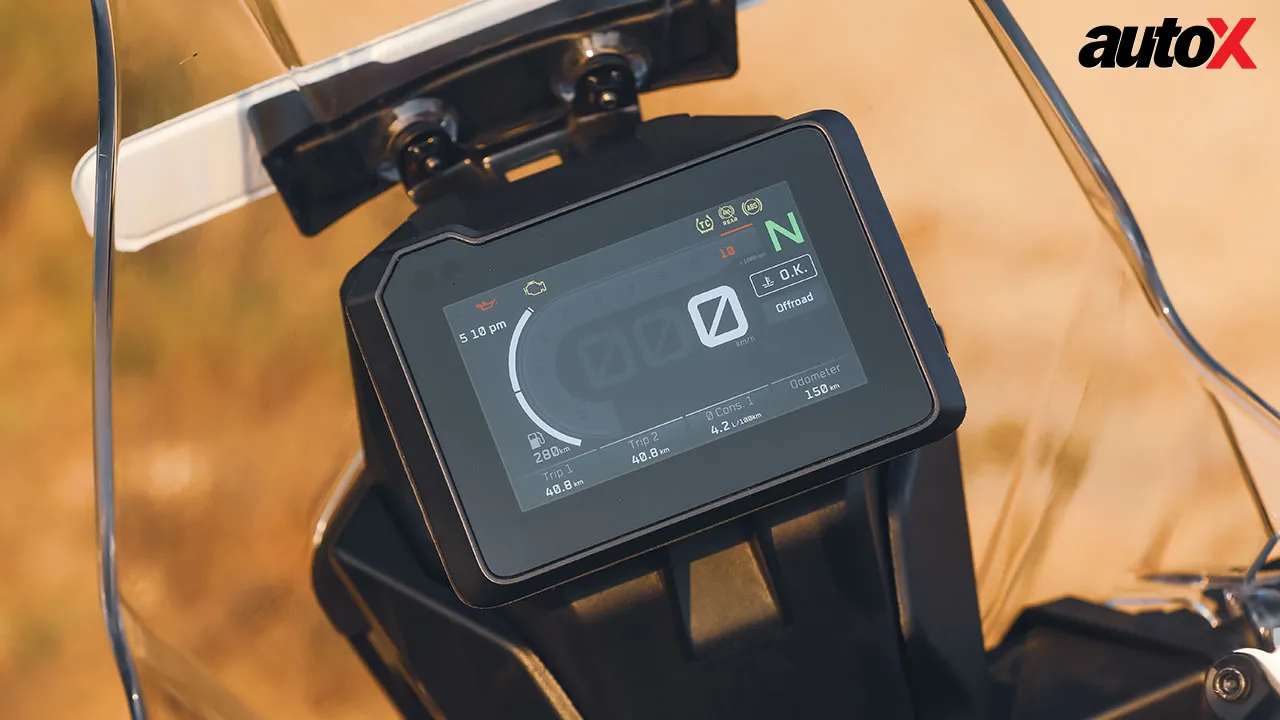
The new bespoke ADV tubular trellis subframe – KTM claims
that it’s 10% more rigid – feels solid and enhances the bike’s overall
stability. Despite the weight dropping to 183kgs, the 14.5-litre fuel tank
remains unchanged. The overall fit and finish are excellent, offering a premium
feel throughout. The 5-inch bonded TFT screen, borrowed from the new 390 Duke,
is crisp, clear, and easily readable even in bright sunlight.
KTM 390 Adventure First Ride Review: Ergonomics and Features
The riding position is comfortable and upright – perfect for long days in the saddle. The new KTM 390 Adventure feels large when you're off it but seems to shrink around you once you get on and start moving. The controls are intuitive, and the switchgear is easy to reach. Cruise control is a welcome addition for highway stints, and the ride modes – Rain, Street, and Off-Road – are simple to toggle through. A big plus is that ride mode settings remain unchanged even after switching off the ignition – a thoughtful touch indeed!
Phone connectivity and navigation feel slick, and the voice-activated calling is a nice convenience. Unlike the Duke 390, which can only receive calls, the 390 Adventure allows you to make calls directly from the bike. Finally, the electronics suite – which includes cornering ABS, switchable cornering traction control, Quickshifter+, and customizable ride modes – works seamlessly to enhance both safety and performance.
Also Read: Royal Enfield Himalayan Review: The Flying Sherpa!
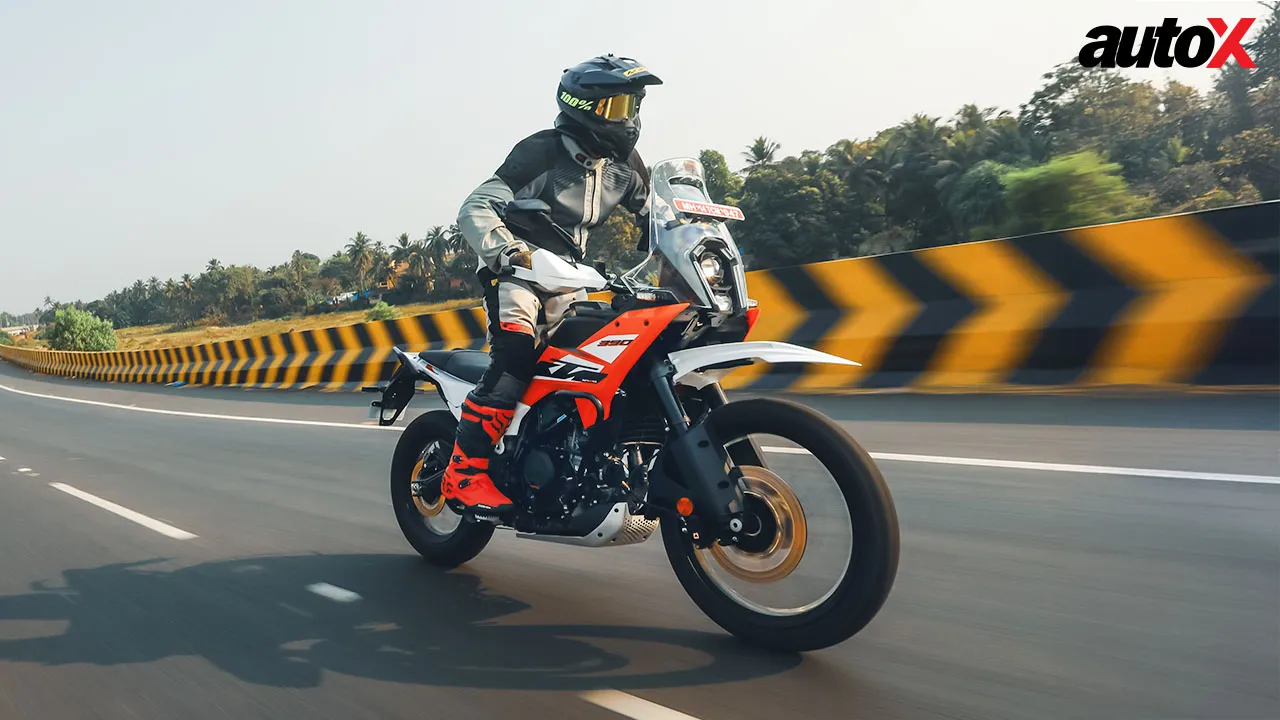
KTM 390 Adventure First Ride Review: Performance and Handling
Now, let’s get to the good stuff – how it rides. The LC4c 399cc single-cylinder liquid-cooled engine is noticeably smoother, thanks to the 5mm offset crank. It delivers better low-end grunt than the previous model but still loves to be revved. Peak power kicks in 1,000rpm sooner, making it more accessible.
That said, there’s still a noticeable lag before the bike starts moving. I noticed that it stalled a couple of times when setting off from a standstill off-road, but far less frequently than the old bike.

Acceleration is brisk, with 0 – 60 km/h achieved in 2.6 seconds and 0 – 100 km/h in 6.2 seconds – both quicker than the previous generation model. The improved mid-range power is quite evident, delivering faster 30 – 70 km/h roll-on acceleration. Cruise control, which activates above 20 km/h, performs well on the highway, especially when paired with Quickshifter+, making for a smooth and hassle-free touring experience.
Also Read: 2024 Yezdi Adventure First Ride Review: Better Than The Himalayan?
The bike’s heat management has improved, thanks to the curved radiator and reprofiled shrouds that divert hot air away from the rider – a definite and noticeable upgrade. The underbelly exhaust, with its claimed 400mm water-wading capacity, handles water crossings with ease, even when the water level reaches the engine guards.
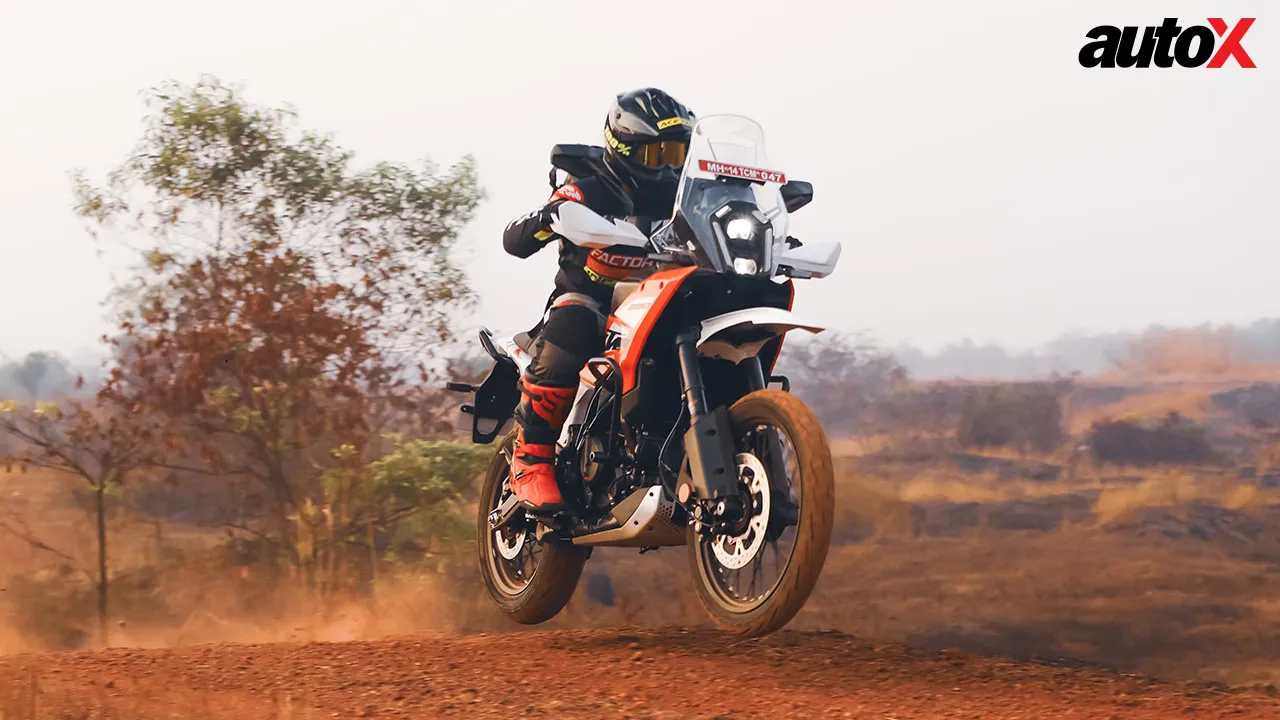
The WP Apex suspension has received a significant upgrade, offering a much more compliant ride, as it effortlessly absorbs bumps and rough terrain. The adjustable open-cartridge system provides 30 steps of compression and rebound adjustment at the front, 20 steps at the rear, and 10 steps of preload adjustment at the rear, allowing for fine-tuning across various riding conditions. While the increased suspension travel is a welcome improvement, I did notice the front forks bottoming out a couple of times during intense off-road testing – enough to throw me off the line slightly. That said, it’s a fair trade-off for the bike’s sharp on-road dynamics and a huge improvement over the previous model’s overly stiff setup, which was a common complaint.
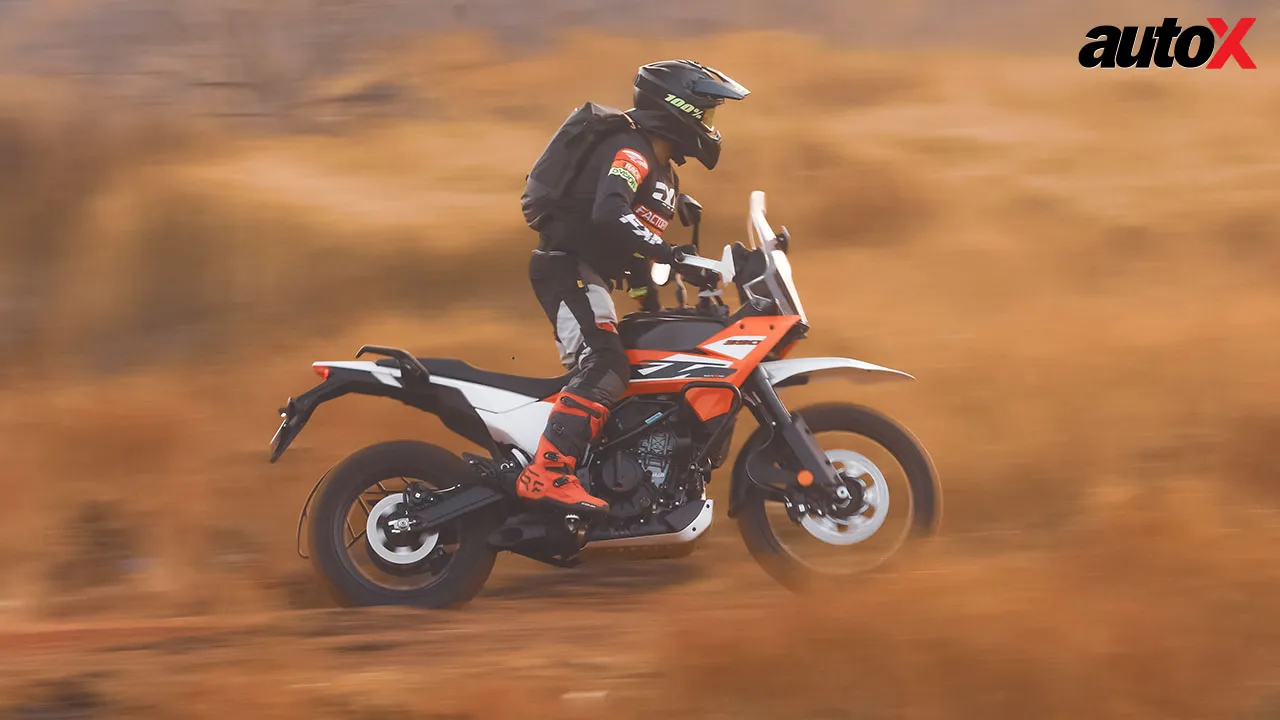
Off-road, the bike feels light, balanced, and predictable in technical sections. Compared to the Himalayan, it’s noticeably sharper and more responsive. The Apollo Tramplr tyres performed decently across varied on- and off-road conditions. However, since we didn’t lower the tyre pressure when going off-road, the front end lacked a bit of bite. The brakes – a 320mm floating disc with a twin-piston calliper up front and a 240mm rear disc with a single-piston calliper – are strong and provide good feedback.
Also Read: 2024 Royal Enfield Himalayan vs Triumph Scrambler 400X: Which is Better for Everyday Adventure?
KTM 390 Adventure First Ride Review: Verdict
So, is the new KTM 390 Adventure worth the hype? Absolutely. It’s a complete and far more refined package. The improvements in engine smoothness, suspension compliance, and overall capability are substantial. It still retains the fun, hooligan character we love, but now it’s more versatile and capable than ever.
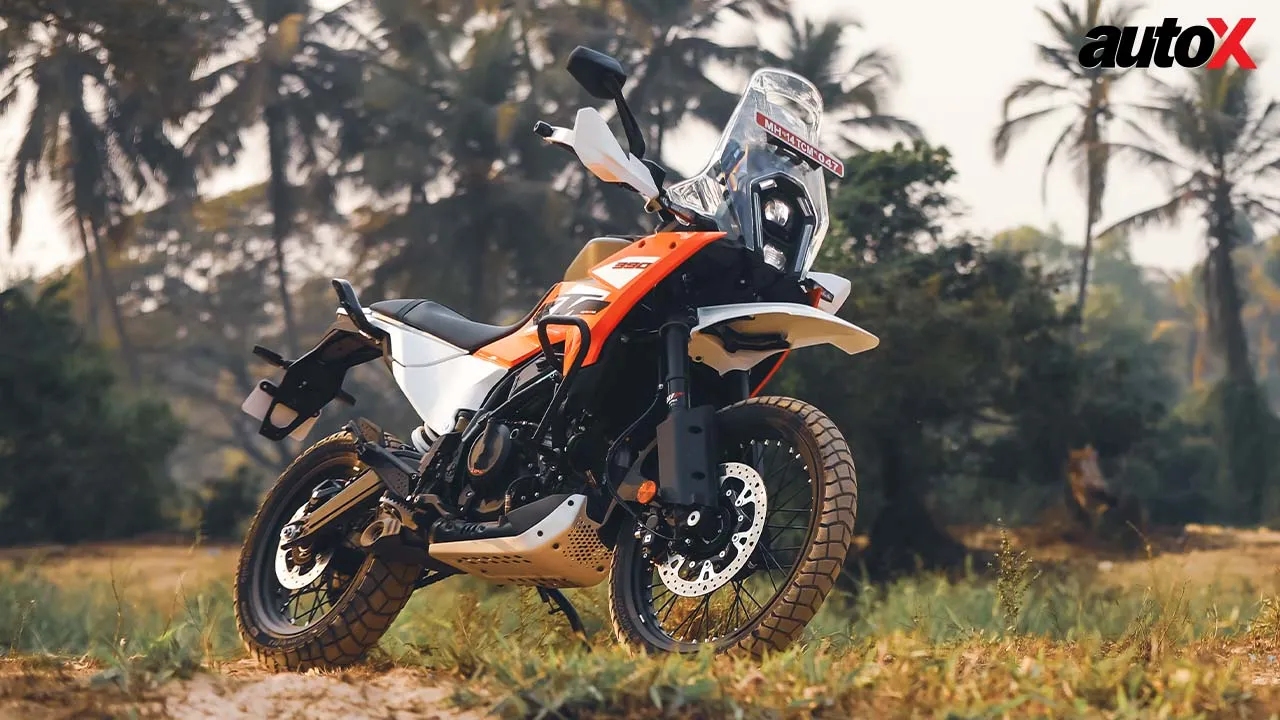
For
someone like me, who loves venturing off the beaten path, this bike is a
serious contender. It’s fun, capable, and feels right. While I’m still eager to
do a proper back-to-back comparison with its rivals, my initial impressions are
overwhelmingly positive. This is a true adventure bike that delivers on its
promises.
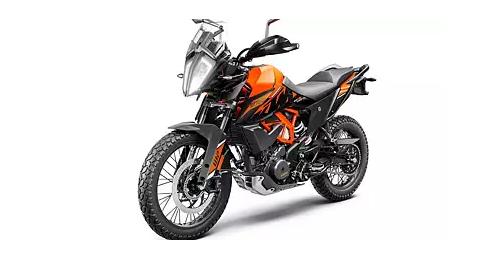
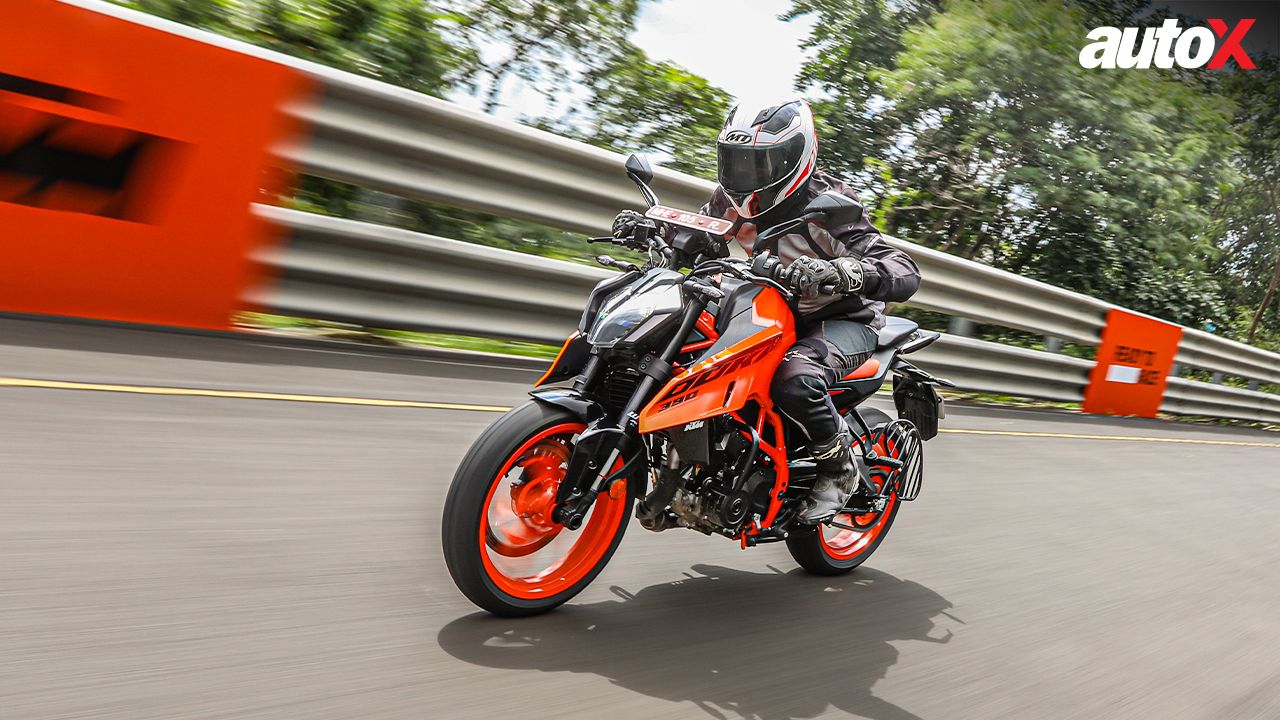

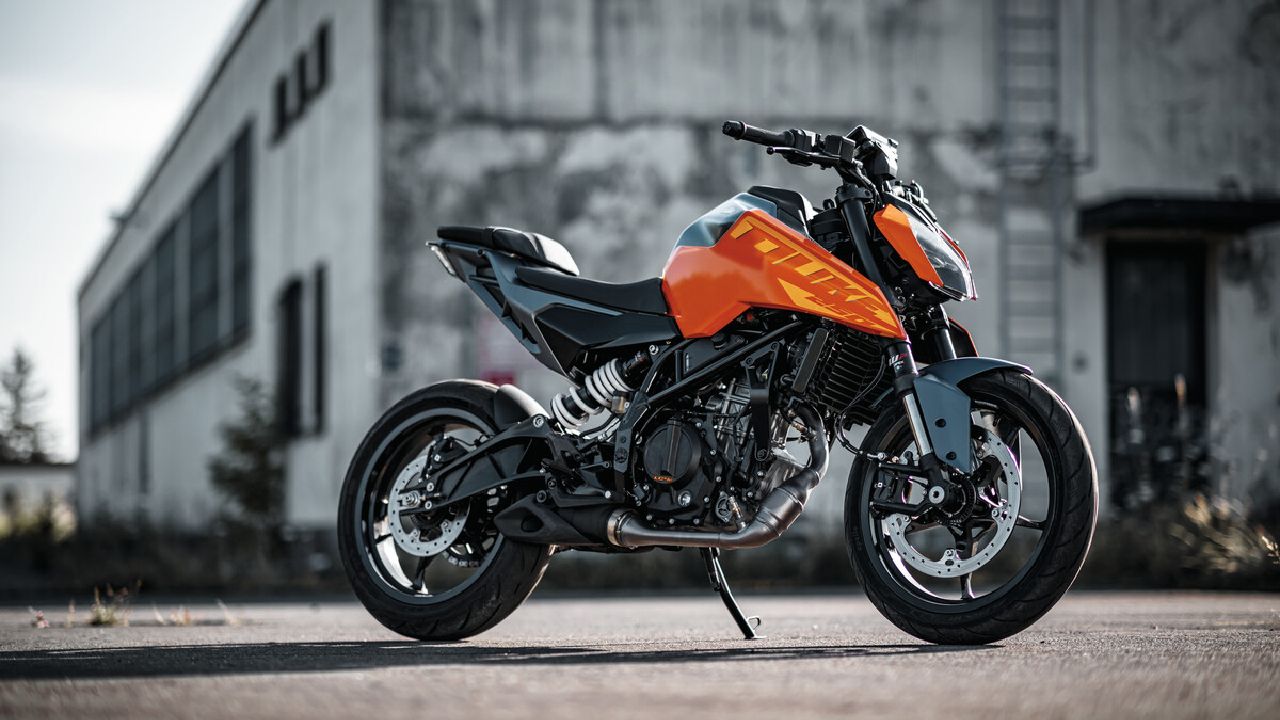

.webp)
